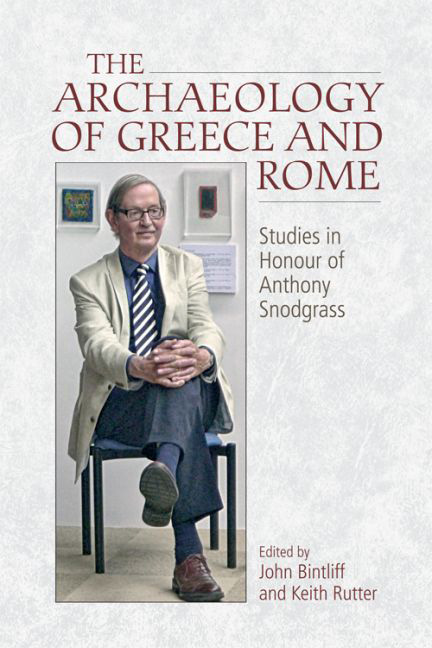Book contents
- Frontmatter
- Contents
- Preface
- List of Contributors
- List of Abbreviations
- Section I Prehistory
- Section II Around Homer
- Section III The Archaic and Classical Greek World
- Section IV The Greeks and their Neighbours
- 13 Life on Earth and Death from Heaven: The Golden Pectoral of the Scythian King from the Tolstaya Mogila (Ukraine)
- 14 The Idea of an Archetype in Texts Stemming from the Empire Founded by Cyrus the Great
- Section V The Roman and Much Wider World
- Section VI The Scholar in the University and in the Field: Personal Histories
- Index
13 - Life on Earth and Death from Heaven: The Golden Pectoral of the Scythian King from the Tolstaya Mogila (Ukraine)
from Section IV The Greeks and their Neighbours
Published online by Cambridge University Press: 26 May 2017
- Frontmatter
- Contents
- Preface
- List of Contributors
- List of Abbreviations
- Section I Prehistory
- Section II Around Homer
- Section III The Archaic and Classical Greek World
- Section IV The Greeks and their Neighbours
- 13 Life on Earth and Death from Heaven: The Golden Pectoral of the Scythian King from the Tolstaya Mogila (Ukraine)
- 14 The Idea of an Archetype in Texts Stemming from the Empire Founded by Cyrus the Great
- Section V The Roman and Much Wider World
- Section VI The Scholar in the University and in the Field: Personal Histories
- Index
Summary
The find
In the grave mound (kurgan) in the Ukraine known as Tolstaya Mogila there was found in 1971 a piece of gold jewellery that has entered the archaeological record as the pectoral of an unknown Scythian king (see Fig. 13.7 below). The collar or pectoral is made up of four torques, enclosing three decorative zones: the overall shape is that of an apotropaic lunula. The decoration is composed in relief, on a background of sheet gold in the middle zone, and as relief-like tableaux of free-standing figures in the upper and lower zones. The three thematically distinct friezes portray, respectively, the life of successful and happy Scythians and their livestock; the blossoming flora of Scythia; and the looming danger of death for all animal and plant life. This menace is embodied by six griffins, bearing down from above on the noble horses of the Scythians. Further motifs in this zone are animal combats with lions, panthers, a stag and boar, as well as hounds hunting hares. At the ends, four locusts reveal the true meaning behind the griffins’ deadly attack: they represent the swarms of locusts from the south (Locusta migratoria, Schistocerca gregaria) that menaced the land, and against which, just as with the mythical griffins, there were no means of defence.
Locusta migratoria
‘And the Lord said unto Moses, “Stretch out thine hand over the land of Egypt for the locusts, that they may come up upon the land of Egypt”’ (Exodus 10:12). And so a black cloud of locusts descended on the mighty Egypt of the thirteenth century BC:
For they covered the face of the whole earth, so that the land was darkened; and they did eat every herb of the land, and all the fruit of the trees which the hail had left: and there remained not any green thing in the trees, or in the herbs of the field, through all the land of Egypt. (Exodus 10: 15)
It is likely that, at this time, pharaonic Egypt fell victim to the African desert locust (Schistocerca gregaria) (Fig. 13.1). Many plagues mentioned in antiquity can be linked to the swarms of this African species of locust, swept northwards by the south wind.
- Type
- Chapter
- Information
- The Archaeology of Greece and RomeStudies In Honour of Anthony Snodgrass, pp. 317 - 336Publisher: Edinburgh University PressPrint publication year: 2016



